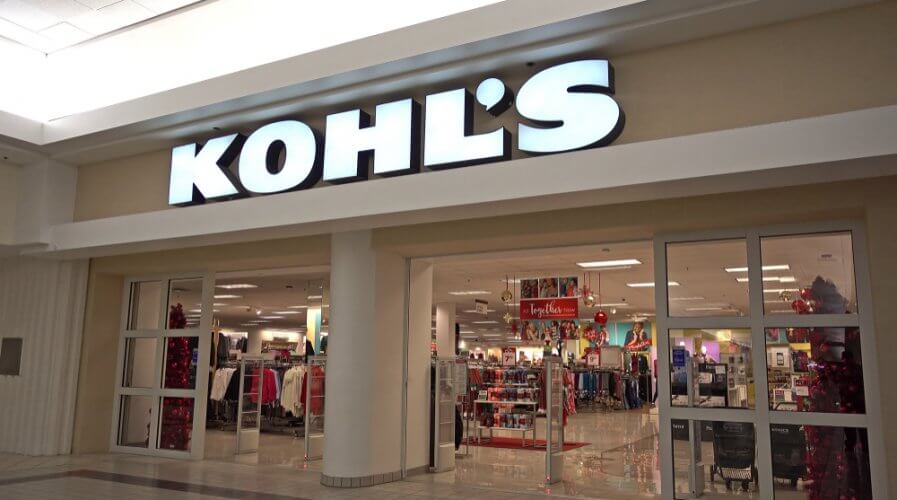
kolh’s use of augmented reality sets an example for most businesses. Source: Shutterstock
Kohl’s used augmented reality to delight customers during holiday season
AMERICAN retailer Kohl’s recently treated its customers to an augmented reality (AR)-powered window shopping experience.
Partnering up with social media giant Snapchat, a tailored experience was developed on Snapchat’s portal lens feature — which allowed customers to be part of Kohl’s New York holiday pop-up store without being physically present.
The in-house production team built the portal lens to replicate the event space in 3D.
Upon selecting the Kohl’s portal lens from the lens carousel on Snapchat, customers could see an AR version of the pop-up store’s doorway.
With the actual event space replicated in 3D, customers could also pivot around the space and explore featured collections.
Further, customers were able to make purchases by tapping on the shoppable links available, which would lead them directly to the official Kohl’s website.
AR is one of the biggest technology trends today especially among players in the retail industry — players such as IKEA and Macy’s have also created popular AR experiences this year.
As such, Kohl’s move to leverage AR in their holiday marketing strategy is a wise and strategic one.
At its core, AR is simply a technology that overlays virtual information and objects onto real-world scenes in real-time, creating a new artificial environment.
AR is no longer alien to the public, and all that is needed for one to be able to experience AR is a functional smartphone with a camera and an AR app.
For businesses that wish to stand out and leave an impression on their customers in this already saturated digital-first market, AR should definitely be added into the marketing mix.
Consumers today are tech-savvy, and always online. To win their hearts, businesses must engage with them on a personal level, and provide them with unique, personalized experiences. AR applications can do both.
For example, in retail, AR can be used to help customers visualize products and imagine what it feels like to own the product before making an actual purchase.
AR can also make a customer’s experience fun and worth remembering: aside from its AR-powered mobile shopping experience, Kohl’s also debuted it’s “Kohl’s Cash Snapchat lens” which allowed customers to participate in a football game where they could fill their carts with gifts, and collect rewards as they made their way down the field.
Technology is constantly reshaping the world that we live in today. The way people connect with brands and businesses are evolving, and organizations must be aware of these changes.
To expand its customer base and retain loyalty, businesses have to go beyond just posting an advert on Facebook, Instagram or the local paper and continuously explore innovative ways to give customers a pleasant, and unforgettable experience.
READ MORE
- The criticality of endpoint management in cybersecurity and operations
- Ethical AI: The renewed importance of safeguarding data and customer privacy in Generative AI applications
- How Japan balances AI-driven opportunities with cybersecurity needs
- Deploying SASE: Benchmarking your approach
- Insurance everywhere all at once: the digital transformation of the APAC insurance industry


